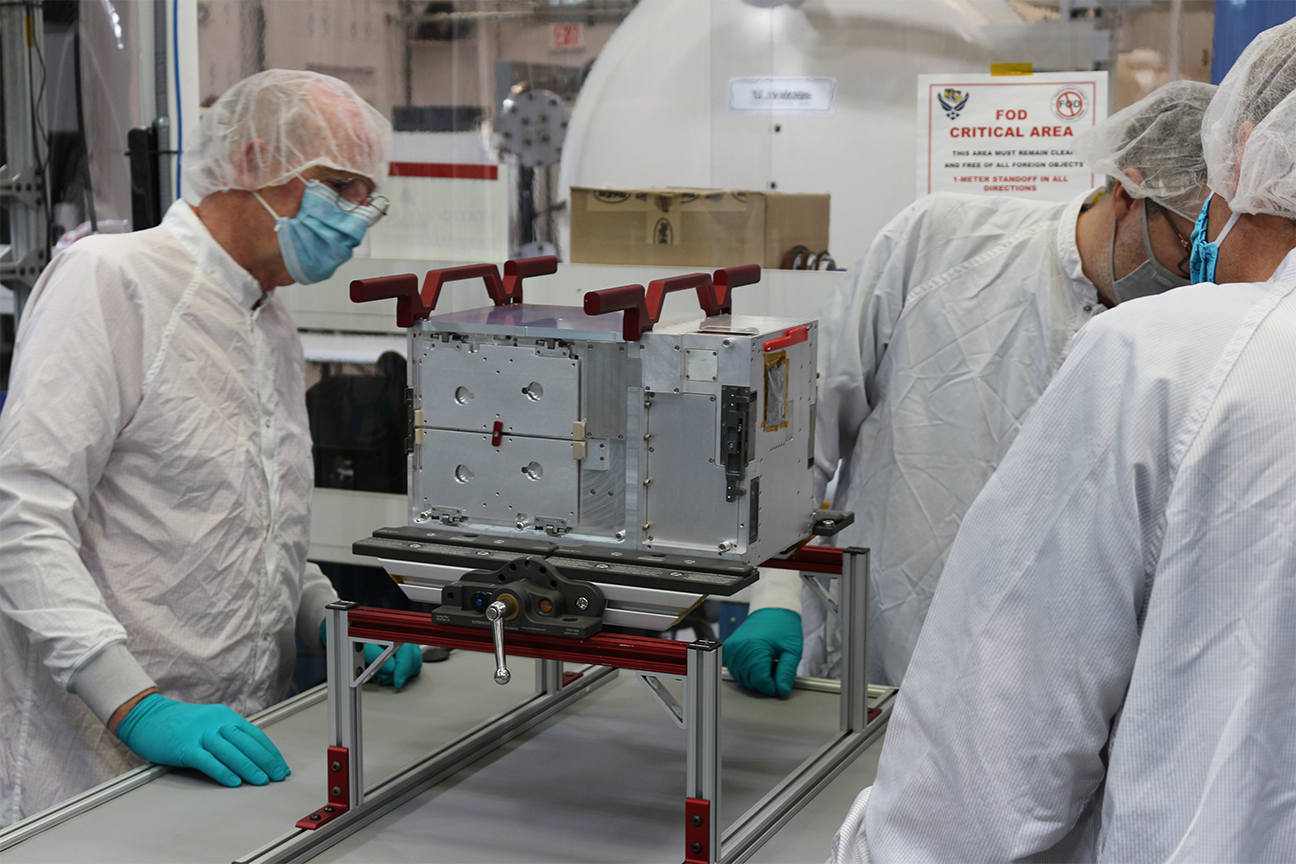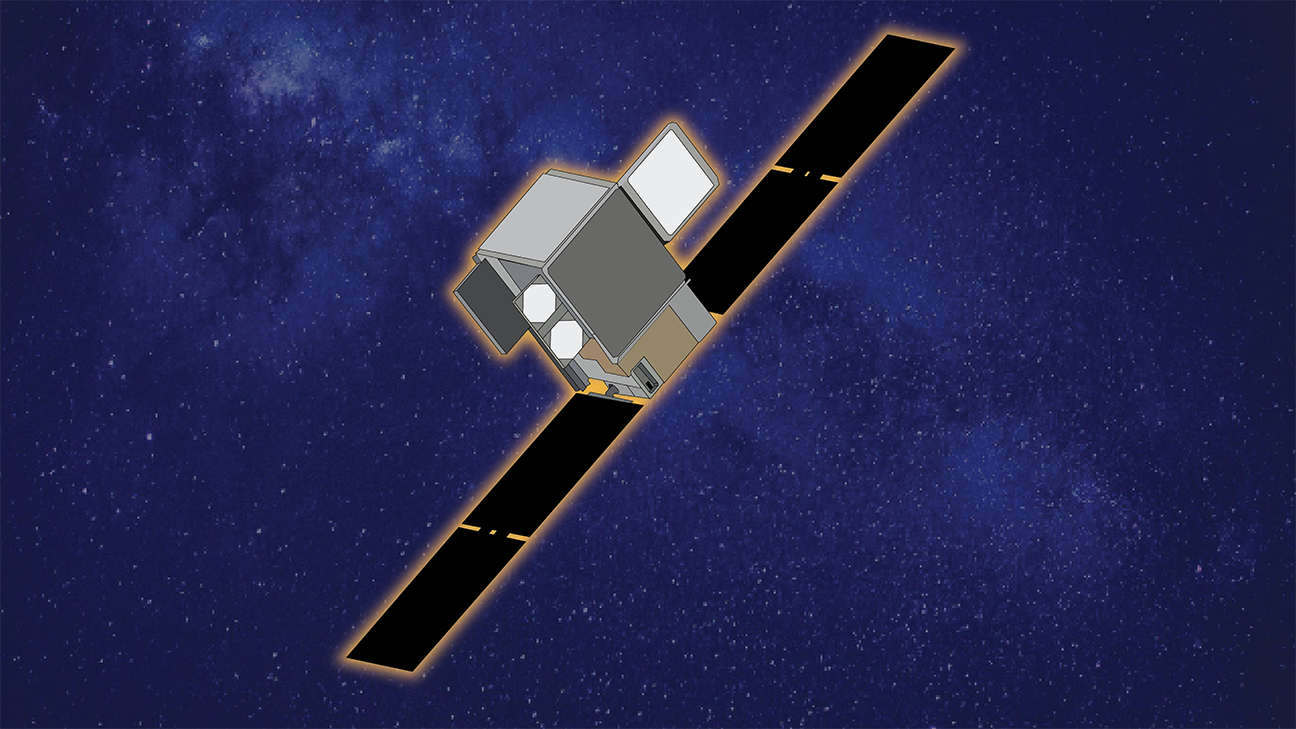AFRL’s Ascent satellite marks end of mission objectives
KIRTLAND AIR FORCE BASE, N.M. (AFRL) — The Air Force Research Laboratory’s small satellite named Ascent has completed all of its mission objectives and is performing extended operations to characterize the survivability of the commercial-off-the-shelf, or COTS, bus electronics in the geosynchronous Earth orbit, or GEO, space environment.
Ascent, launched Dec. 7, 2021, is a 12-unit CubeSat developed within the AFRL Space Vehicles Directorate’s Small Satellite Portfolio at Kirtland Air Force Base, in partnership with the Space Security and Defense Program. CubeSats range in size, and can be as small as a deck of cards or as large as a microwave oven.
Ascent’s mission has been to evaluate the performance of COTS technology, in the GEO space environment, where satellites match the Earth’s rotation. Having a better understanding of how various components survive in this harsh environment, is critical to fielding robust satellites.
“The survivability of COTS electronics in the GEO environment, has taken us by surprise,” said Capt. Sunderlin Jackson, Ascent program manager. “No one expected Ascent would still be operating as well as it is, this long after deployment. This gives us alternatives to creating our own satellite components, saving both time and money.”
The satellite was the first CubeSat flown by AFRL in the GEO space environment, which introduced a number of challenges not present in the low Earth orbit, or LEO, environment where most CubeSats have been flown and tested.
“We focused hard on designing, building and testing a spacecraft to survive in this harsh region, and survive it did, laying the groundwork for future small-sat space experiments in GEO,” he said.
Jackson summarized the next steps for the Ascent satellite. “Now that we have data that proves the effectiveness in that region, we will be monitoring for trends in spacecraft health over time, continuing nominal operations, and exploring options to transfer to another agency as a training or demonstrations asset.”
The Ascent program employed about 15 AFRL researchers along with many contractors and has a funding level of $10 million.
About AFRL
The Air Force Research Laboratory (AFRL) is the primary scientific research and development center for the Department of the Air Force. AFRL plays an integral role in leading the discovery, development, and integration of affordable warfighting technologies for our air, space, and cyberspace force. With a workforce of more than 11,500 across nine technology areas and 40 other operations across the globe, AFRL provides a diverse portfolio of science and technology ranging from fundamental to advanced research and technology development. For more information, visit: www.afresearchlab.com.

An AFRL technician working on the Ascent spacecraft in the Space Vehicles Directorate’s small satellite laboratory. (U.S. Air Force photo/Capt. Sunderlin Jackson)

An artist’s rendering of the Ascent spacecraft, with fully deployed solar arrays. (U.S. Air Force illustration/Capt. Sunderlin Jackson)
